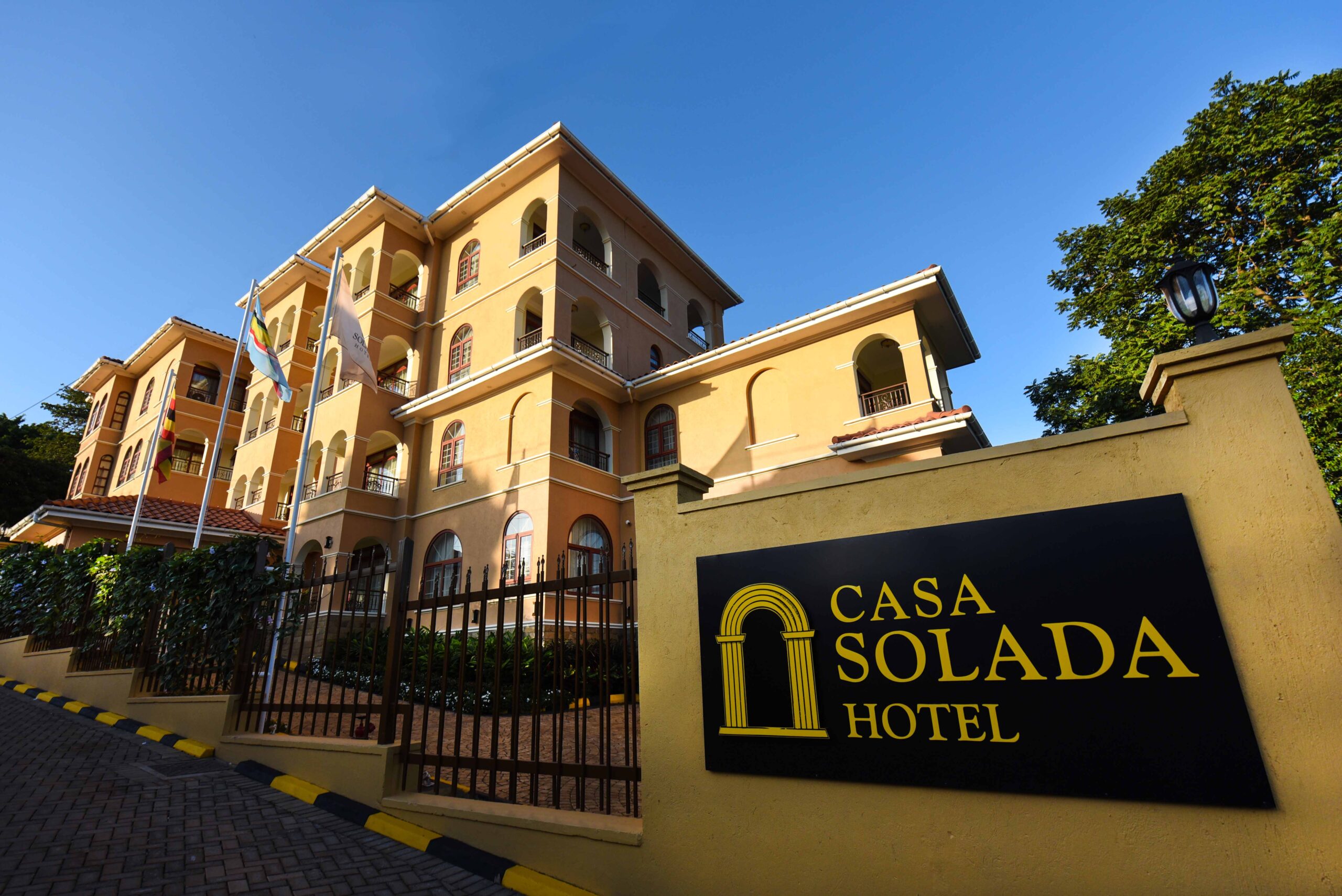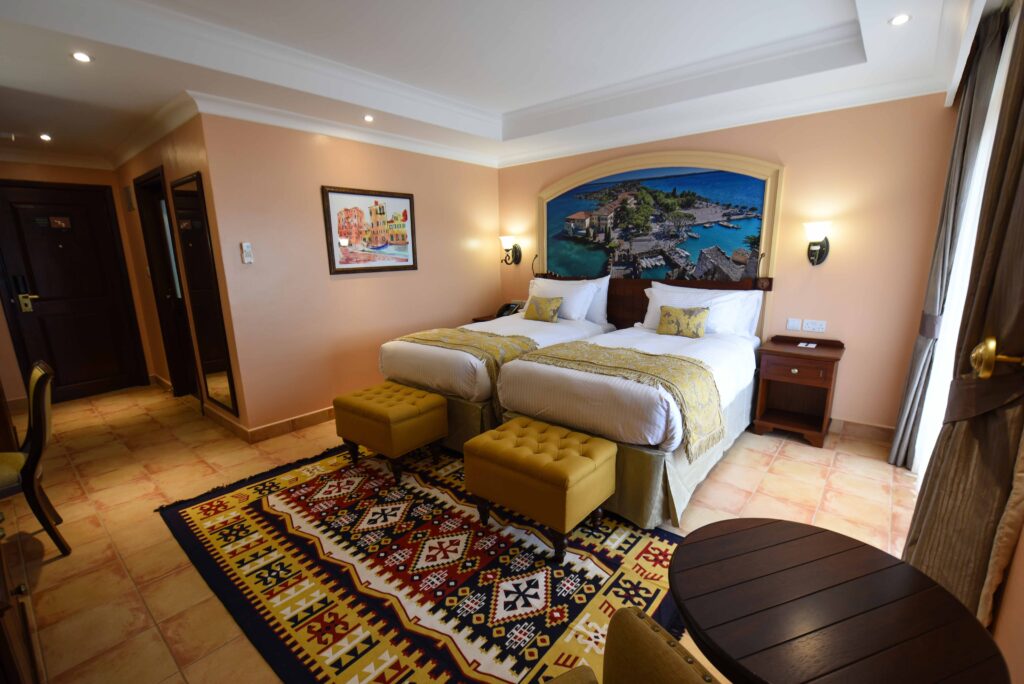
The global hospitality market has entered a new phase. Travelers now prioritize control, context, and comfort over standardized luxury. This shift reflects broader changes in travel behavior, technology, and service expectations.
Guests want to stay in spaces that feel intentional, not industrial. They look for accommodations that reflect a point of view rather than generic uniformity. This evolution has opened space for a different kind of hotel—one that operates on focus rather than volume.
Traditional growth models—measured by room count and chain recognition—are no longer reliable indicators of market relevance. Instead, performance is tied to adaptability, service precision, and the ability to deliver value without dilution.
Casa Solada understands these shifts and positions itself accordingly. Our business model, therefore, reflects a clear response to new global standards: deliberate design, functional luxury, and strategic service delivery.
Defining Boutique Hotels
Boutique hotels typically maintain a room count of under 100. Operating within this range allows management to stay directly involved in day-to-day functions, from guest services to maintenance scheduling.
It also reduces the need for complex departmental hierarchies, which can slow down response times and dilute accountability.
Operational decisions are usually made in-house, without the constraints of franchise agreements or corporate oversight.
This autonomy enables hotel managers to align their service approach with the immediate needs of their market rather than applying broad policies developed for other regions or customer profiles.
Staffing structures tend to be flatter. Fewer layers between frontline employees and decision-makers allow for quicker communication and problem resolution.
Cross-training is common, particularly in areas like front office and guest relations, which supports continuity when staffing fluctuates.
Design and facility planning are approached from a practical standpoint. Room layouts are considered in terms of cleaning efficiency, service delivery logistics, and guest comfort. Shared spaces—such as dining areas or lounges—are sized to meet demand without creating unused capacity that adds to overhead.
Technology investment is targeted rather than broad. A boutique hotel may implement a property management system, housekeeping app, or mobile guest platform that addresses a specific operational need. These systems are selected for functionality, not brand integration or scale compatibility. This approach minimizes unnecessary cost and complexity.
Procurement and sourcing also follow different patterns. Without a mandated vendor list or brand-wide contract obligations, boutique hotels can source furnishings, amenities, and food products from local or regional suppliers.
This allows for tighter cost control and more direct quality monitoring.
In sum, boutique hotels are defined not just by their size but by how that size supports a more controlled and responsive way of operating.
Competitive Advantages of Boutique Hotels
1. Operational Flexibility
Boutique hotels operate with fewer administrative layers. This allows managers to make direct decisions on staffing, services, and processes without corporate delays. Adjustments can be implemented quickly based on real-time needs rather than preset schedules.
2. Responsive Service Delivery
With fewer guests and smaller teams, service interactions become more informed. Staff can track preferences, respond to requests with context, and address issues without escalation. This responsiveness increases accuracy and reduces friction.
3. Multi-Skilled Teams
Smaller staff structures often mean broader training. Employees are cross-trained to handle functions across departments, improving continuity during high-occupancy periods or staffing shortages. This reduces service gaps and improves guest experience consistency.
4. Freedom from Brand Constraints
Unlike chain hotels, boutique properties are not bound to uniform policies. They can create check-in procedures, amenity packages, or service workflows that reflect their market, location, or operational priorities. This adaptability helps them stay competitive without requiring formal brand changes.
5. Local Market Integration
Boutique hotels often work directly with local suppliers and contractors. This supports more customized experiences and helps the hotel align with regional standards and expectations. It also enables cost controls and quality monitoring through direct relationships.
6. Targeted Marketing and Direct Bookings
Rather than depend heavily on global distribution systems or franchise channels, boutique hotels focus on direct engagement. This includes relationship-driven marketing, repeat guest retention, and refined digital targeting—strategies that reduce cost per acquisition and improve booking quality.
Case Study: Casa Solada Hotel
At Casa Solada, we structure our operations around control, consistency, and function. We avoid unnecessary complexity. Instead, we focus on what we can manage directly and deliver reliably.
Purposeful Scale
We keep our room count controlled to ensure consistency. This structure allows our teams to coordinate closely across departments and respond quickly to guest needs. It also ensures that service quality remains steady during peak periods, without sacrificing response time or attention to detail.
Accommodation by Function
Our room categories serve distinct guest profiles. From penthouses for private stays to apartments for extended business visits, each space is designed with a specific use case in mind. This allows us to streamline maintenance and housekeeping while offering spaces that serve real, defined needs.

In-House Control of Dining
We manage all dining and bar services internally. This ensures that food quality, menu structure, and service timing meet our standards—not those of a third-party operator. Our restaurant and bar teams work in coordination with front-of-house staff to maintain consistency across the guest experience.

Integrated Facilities, Not Add-Ons
Our meeting rooms, gym, and pool are core parts of our offering—not secondary amenities. We designed them to meet the functional demand from our primary guest segments—business travelers, diplomatic clients, and private leisure stays. Each facility is sized and staffed to support reliable access and consistent use.
Full Autonomy in Operations
We are independently managed. This gives us full control over how we run the hotel—from how we train our teams to how we handle bookings and guest feedback. We don’t depend on external approvals to improve service delivery or adjust to new market expectations.
Defined Market Position
We don’t compete on volume. Instead, we focus on providing measurable value to guests who prioritize privacy, reliability, and clarity of service. This approach allows us to run lean, maintain standards, and offer an experience aligned with the expectations of high-level professionals and international travelers.
By staying focused, we remain agile. And by owning every part of the guest experience, we protect both quality and consistency. This is what allows a boutique model like ours to stay competitive in a global market.
Challenges and Considerations
While boutique hotels have structural and operational advantages, they also face distinct challenges that impact scalability, visibility, and long-term resource planning. These issues require active management to maintain performance over time.
a) Limits to Scale Without Dilution
Boutique hotels often operate within narrow capacity ranges. Expanding room count or adding facilities risks disrupting the service model.
Increased scale introduces complexity—more staff, additional systems, and higher oversight requirements—which may reduce the flexibility that defines boutique operations.
To grow sustainably, operators must identify which services can scale without compromising quality. For example, expanding meeting facilities may be viable if managed separately from accommodation services.
However, increasing rooms without rethinking infrastructure can lead to operational inefficiencies.
b) Brand Visibility in Competitive Markets
Without global recognition or chain affiliation, boutique hotels must build visibility through targeted channels.
This includes maintaining a strong digital presence, managing direct booking platforms, and generating organic referrals. Visibility efforts require investment and ongoing attention.
Unlike chain hotels, boutique properties cannot rely on centralized marketing support. They must actively manage SEO, paid acquisition, partnerships, and guest engagement campaigns. Market positioning needs to be clear and consistent to avoid dilution or misalignment with target segments.
c) Staffing and Skills Gaps
Smaller teams allow for efficiency, but they also create vulnerabilities. When key roles are vacant or underperforming, the impact is immediate.
Staff must be multi-skilled and able to work across departments, but this requires training, cross-functional planning, and retention strategies.
Labor market variability can also affect boutique hotels more acutely than larger properties with deeper HR resources. A strong recruitment and training pipeline is essential to protect service consistency.
d) Dependence on Key Suppliers and Vendors
Boutique hotels often work with a limited pool of suppliers and contractors to maintain control over quality and costs. However, this can create exposure to delays, shortages, or price fluctuations. Without large-scale purchasing power, boutique properties may struggle to negotiate favorable terms during market disruptions.
Contingency planning, relationship management, and vendor diversification become critical, especially for high-consumption categories like food and beverage, cleaning supplies, and utilities.
e) Technology Integration and Maintenance
While boutique hotels benefit from focused tech adoption, maintaining these systems requires consistent oversight. Small IT teams or third-party providers may not always respond promptly to service disruptions, which can directly affect operations.
In addition, integration between systems—PMS, CRM, POS—may be limited compared to enterprise platforms used by larger hotels. Ensuring that each system is fit for its purpose, stable, and regularly updated requires dedicated operational attention.
Why the Market Will Keep Making Room for Smaller Hotels
Large hotel brands will continue to dominate in volume, but that no longer defines market leadership. The global travel economy is diversifying. So is the definition of value.
Smaller hotels fit the direction in which hospitality is moving—toward control, intentionality, and relevance over replication. As new travel segments emerge and legacy models lose ground, boutique hotels aren’t just reacting—they’re shaping what comes next.
The ability to think and act at a smaller scale is no longer a constraint. It’s becoming a core capability.






No comment yet, add your voice below!